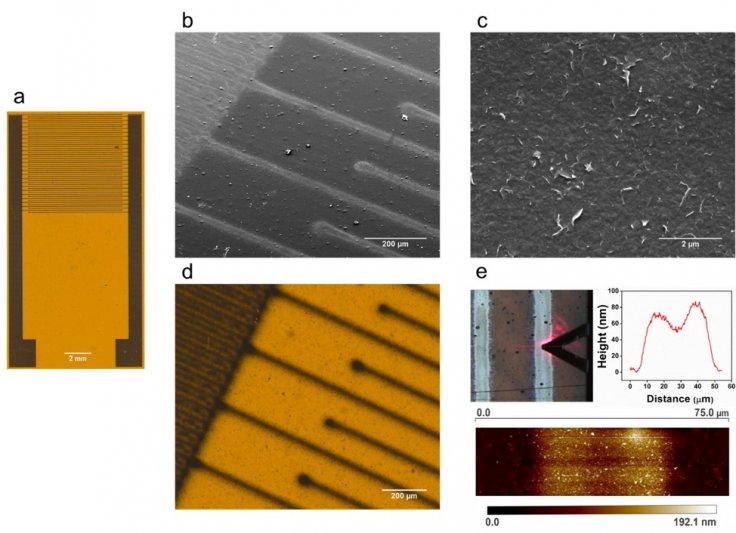Scientists from the University of Iowa printed high-resolution graphene sensors into tuna broth to check if their invention can act as allergen indicator of spoiled fish and meat. And, it turned out to be positive! The sensors could detect the levels of the allergen - histamine -- down to 3.41 parts per million. The US Food and Drug Administration (FDA) has set histamine guidelines of 50 parts per million in fish, making the sensors work more sensitively than needed to track the freshness of food.
Graphene has made this possible. It is a supermaterial which is basically an atom-thick carbon honeycomb and is known for its strength, electrical conductivity, flexibility and biocompatibility.

How Does it Work?
This makes it a disposable food-safety sensor with low cost as it uses aerosol-jet-printing technology. It is printed on a flexible polymer film precisely to create the high-resolution electrodes to act as electrochemical sensors. This detects even molecules as small as histamine, according to the research published in journal 2D Materials.
The material is made into a histamine sensor by chemically binding histamine antibodies to graphene. Histamine increases electrical resistance and the change in that resistance can be measured by the sensor, to know the amount of histamine.
"This fine resolution is important," says Jonathan Claussen, one of the leaders of this innovation at the Iowa State University, adding that the closer these electrode fingers are printed, the higher is the sensitivity of biosensors.
Can Also Detect Contagious Diseases

This technology can also work in detecting other types of molecules. It is "not only for fish," said Carmen Gomes, an associate professor of mechanical engineering from the same University. For example, antibodies associated with imprinted sensors can be changed to detect Salmonella or to determine infections in animals such as bird flu.
The sensors, according to a recent paper, can also monitor immune system function and can also detect deadly and contagious diseases like paratuberculosis at early stages in cattle. The technology is in the process of licensing as of now.









